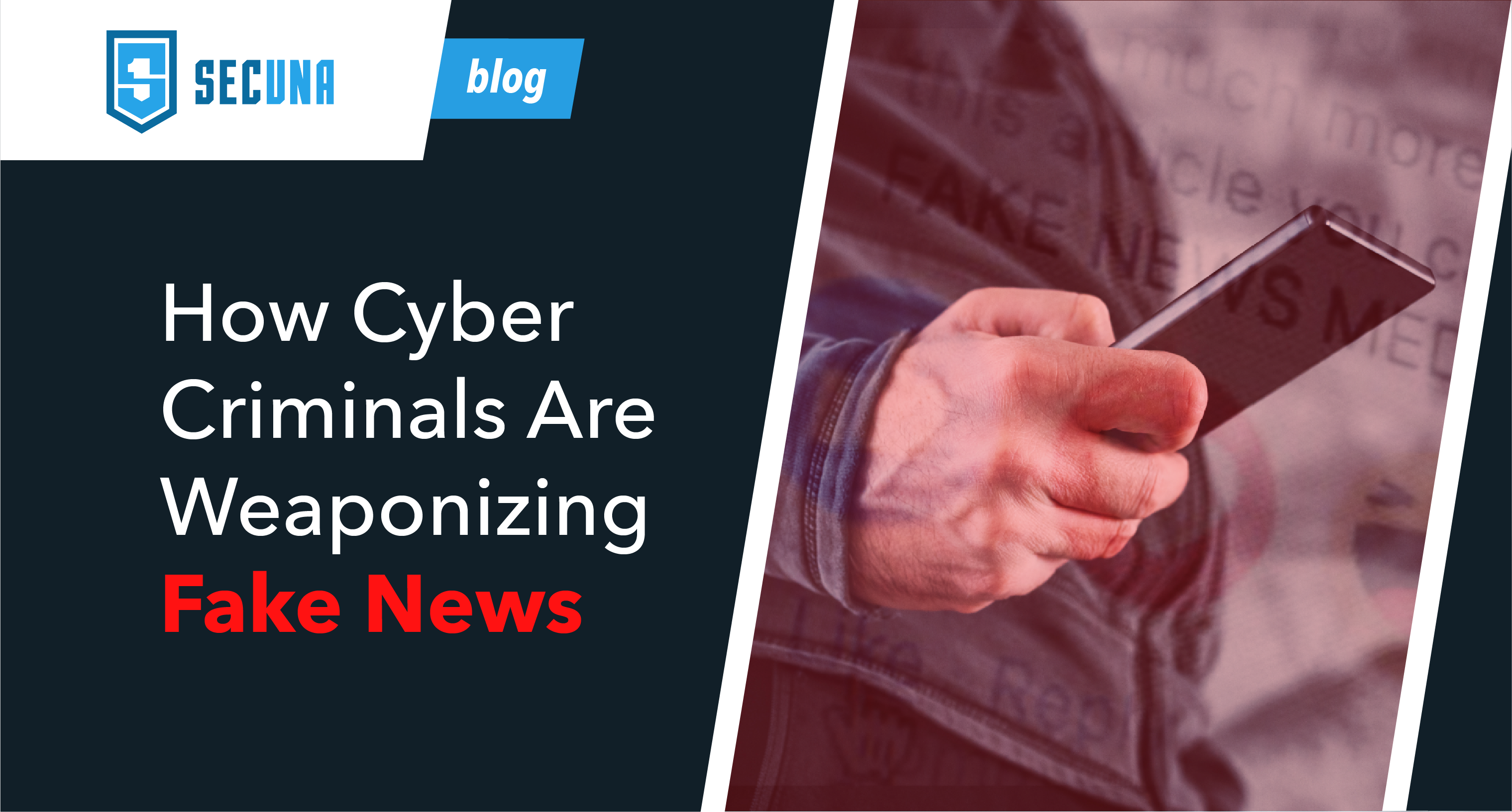Fake news and disinformation are dangerous things that could cause a lot of harm to individuals, businesses, and even governments — in other words, it’s not something to be taken lightly. Unfortunately, the Philippines has been plagued with fake news for quite a while now, with it being more pervasive than ever after the 2019 midterm elections. This alarming question brings us to: how exactly is fake news being spread? What effects could it have? And finally, how can we prevent this?
How is fake news being spread?
False information can be spread anywhere online these days, from fake social media profiles and articles on sketchy websites, to seemingly credible news sites we thought we could trust. For instance, publications on major sites such as Medium can be duplicated, with even the URL being exactly alike. Imagine this happening to a major news site, with hackers influencing what the masses know about and believe.
Additionally, dedicated cyber criminals can use fake news to alter reputable sources of information, or even create sites that cross-reference facts. This can be done by creating an entire network solely for the purpose of feeding fake news to legitimate news sources. Aside from this, fake news.
What effects could fake news have?
The purpose of fake news can vary, but whether it’s for political propaganda or to discredit someone, the main goal is to deceive people into believing something else so they can take action. Anyone can spread fake news, from bots and trolls to full on PR or advertising teams. You can also refer to them as architects of networked disinformation.
However, regardless of what you call them, the effects of fake news are dangerous. Case in point, fake news has inspired an event called “Pizzagate”, where a man with a semi-automatic rifle walked into a regular pizzeria in Washington, D.C., convinced that it contained a hidden pedophilia trafficking ring led by Hillary Clinton and her presidential campaign. How was he convinced? Cyber criminals created this piece of fiction, with fake news websites promoting the lie citing a specific location. This was spread online through social media, giving the story additional attention. To put it simply, it was fake news that brought this man to fire shots inside a restaurant.
While nothing as alarming has happened so far within the country, the point of the matter is that the effects of fake news are dangerous. It can start riots, influence political views, and cause cause social conflict that can rattle any country.
How can we avoid this?
Knowing how to recognize and avoid fake news is vital, especially considering that the Philippines is the world’s biggest internet user. Prevention should begin with the potential sources, or news sites and other major publication pages. With Secuna, they can set up bug bounty programs that will allow them to receive reports from security researchers about any bugs found within their site, allowing them to ensure that no duplicate links are occurring, and no cybercriminals are attacking.
For any Juan or Pedro, being aware of how to make sure a site is credible is also just as vital. Here are a few key tips:
- Look at the website’s URL
Know your news site’s real URL. If it’s something like news.com but the URL says news.co or any variation that isn’t the real website, it might not be the news site you know and love. - Check if the site has an “About us” page or other identifying pages
- Verify the content on other sites
Even if you trust news.com, vetoing if other credible sites have shared the same information is best to know if what you read is true.
At the end of the day, no one wants to be fed fake news. Protect your site today with Secuna, and have cybersecurity professionals give you end-to-end protection.
Secuna is a trusted cybersecurity testing platform that provides organizations a robust and secure platform that enables them to collaborate with the top security researchers from around the world to find and address security vulnerabilities.

